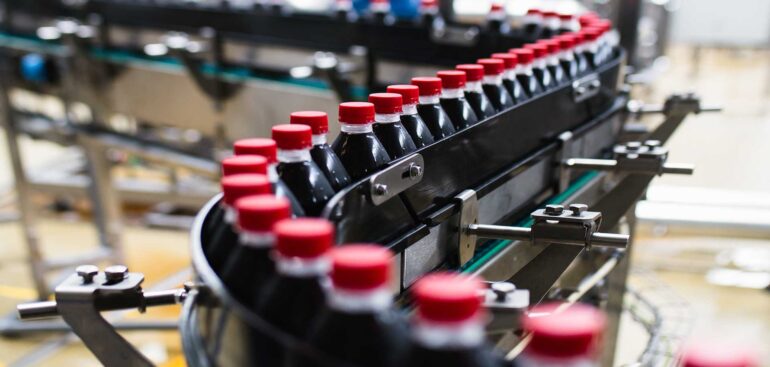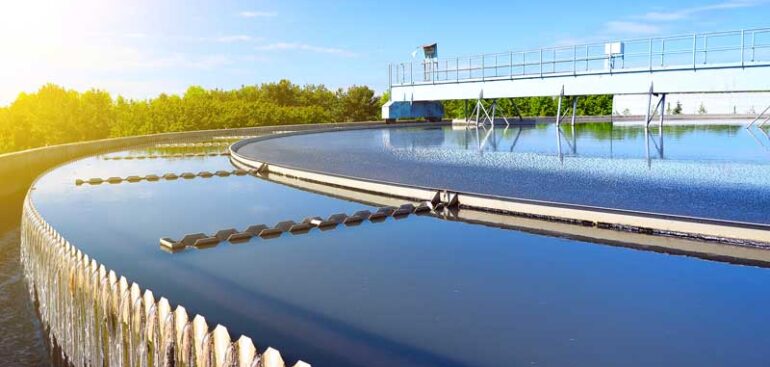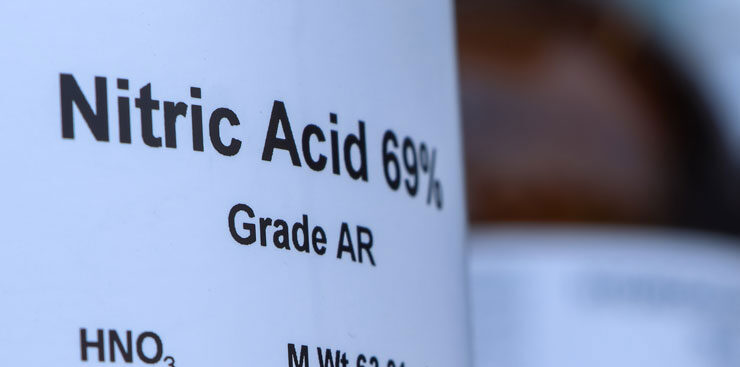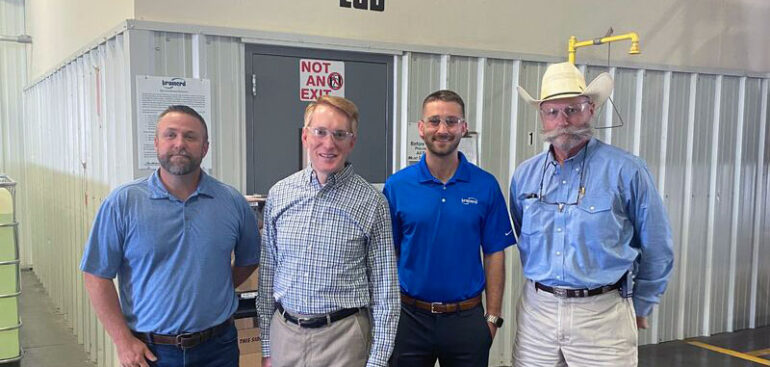Louisville, KY // August 22, 2024 // Brained Chemical Company, a leading innovator in water treatment solutions, is thrilled to announce its participation in the Association of Water Technologies (AWT) Annual Convention & Exposition, taking place from September 10-13, 2024, at the Kentucky International Convention Center in Louisville, KY. Attendees are invited to visit Brained Chemical Company at Booth 141 to explore our latest products and services designed to meet the evolving challenges of water treatment.
The AWT Annual Convention & Exposition is the premier event for professionals in the water treatment industry, bringing together experts, innovators, and decision-makers from around the world. This year, Brained Chemical Company will be highlighting its cutting-edge solutions that address key industry challenges, including advanced water treatment chemicals, corrosion control strategies, and sustainable practices that align with today’s environmental standards.
What to Expect at Booth 141:
- Innovative Water Treatment Chemical Solutions: Discover our latest chemical formulations engineered for efficiency and effectiveness across various industrial applications.
- Sustainability Initiatives: Explore how Brained Chemical Company is leading the charge in sustainable water treatment, with solutions that reduce environmental impact while maintaining superior performance.
- Expert Consultations: Our team of experts will be on hand to discuss your specific water treatment challenges and provide tailored solutions to optimize your processes.
- Corrosion Control Solutions: Learn about our state-of-the-art technologies designed to protect your equipment and infrastructure, ensuring long-term reliability.
“We are excited to be part of the AWT Annual Convention & Exposition, which is a key event for showcasing our latest innovations and connecting with industry professionals,” said David Potter, Water Treatment Specialist at Brained Chemical Company. “We look forward to engaging with attendees, learning about their most pressing challenges and demonstrating how our solutions can help them more effectively achieve their water treatment goals.”
Brained Chemical Company has been at the forefront of the water treatment industry for over 64 years, consistently delivering high-quality products and services that meet the diverse needs of our clients. Our commitment to innovation, sustainability, and customer satisfaction sets us apart as a trusted partner in the industry.
Join us at Booth 141 to experience firsthand the cutting-edge technologies that the Brainerd Chemical team are developing to help create more sustainable water treatment solutions.
For more information about Brained Chemical Company and our products, please visit BrainerdChemical.com
About Brained Chemical Company
Brained Chemical Company is a leader in the water treatment industry, specializing in innovative chemical solutions, corrosion control, and sustainable practices. With a commitment to excellence and a focus on customer success, we provide cutting-edge products and services that help our clients achieve optimal water quality and system performance.
MEDIA INQUIRIES: Brainerd Chemical Company: 1+ (918) 622-1214
SOURCE: Brainerd Chemical Company







